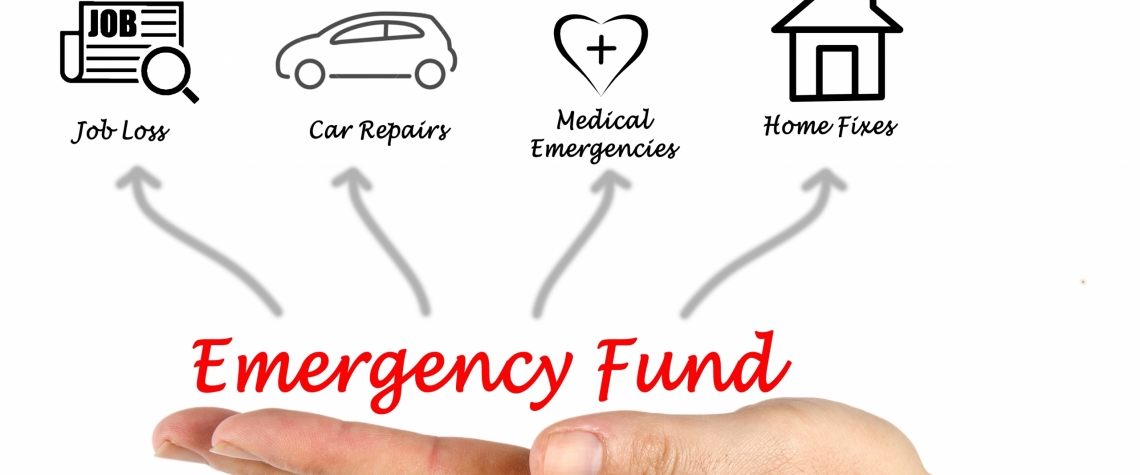
Pros and Cons of Using a HELOC During a Financial Emergency
Financial experts recommend households maintain an emergency savings account equal to six months of living expenses. A hefty savings balance ensures there’s enough money to pay bills and buy groceries in the event of an unexpected job loss, health diagnosis, or significant expense that would otherwise derail your budget. Many Americans fall short of this savings ideal. A recent Economic Well-Being study found that four out of ten U.S. households would have trouble covering an emergency expense as small as $400.
It not only takes discipline to build a financial cushion, but it also takes time. Most emergencies won’t wait until you have enough money to pay for them. Fortunately, if you own your home, you may be able to use a home equity line of credit (HELOC) to bridge the financial gap during uncertain times.
A HELOC is a loan that allows homeowners to access their home’s equity without selling it.
How Does a HELOC work?
HELOCs work similar to credit cards. Instead of receiving the loan in one lump sum, applicants are first approved for a set spending limit. They can then borrow from the line of credit, as needed.
While borrowing against the equity in a home can provide a ready source of funds, it’s not without risk. Weigh the pros and cons of using a HELOC during a financial emergency to decide if it makes sense for your situation.
Pros
Lower Interest Rates
HELOC borrowers can expect to pay lower interest rates when compared to credit cards, which average 16.27 percent*. Personal loans and credit cards can make borrowing during an emergency an expensive decision. But with a HELOC, similar to ENB’s HomeLine, you can lock in low single-digit rates on the borrowed funds.
Higher Credit Limits
A high credit limit can allow you more time to recover from a job loss or medical emergency. At ENB, eligible homeowners can borrow up to 90% of their home’s value. The more equity you have in your home, the more you may borrow. The available balances are often more substantial than those possible with personal loans or credit cards.
Low Monthly Payment Options
Unlike other loans, a HELOC allows you to make interest-only payments. This is possible during the HELOC’s draw period, the time in which you can access loan funds. At ENB, you can use and repay the line of credit over a 25-year term and draw period. In addition, ENB gives additional flexibility if you want to lock-in all or a portion of the line balance into a fixed rate payment so you can start paying principal.
Flexibility
The last thing you need during a financial emergency is to take on more debt than needed. Unlike a traditional loan, where funds are disbursed in one lump sum, HELOC funds are available as you need them. You only borrow what you need when you need it. With an approved credit line, you can access and transfer funds via check, online banking, or in person at any ENB branch location.
Cons
Collateral Requirement
HELOCs require your home as collateral for the loan. If you default on the loan, you may risk losing your home. Many credit cards and personal loans have no collateral requirements.
Less Equity When You Sell
Since you’re accessing equity now, there may be less available to you at the time of sale. You will also need to pay off the HELOC, along with any other mortgages, before you can close on the sale of your home.
While you continue building your emergency fund savings account, open a HELOC to ensure you have a backup plan. The flexibility of a HELOC can offer the financial lifeline you need during an emergency. Borrow what you need, up to the credit limit. Make interest-only payments during the draw period. Rest easy knowing you’ll have funds available when you need them most. Contact ENB at (877)773-6605 to learn more or apply online now.
*As of April 1, 2020

